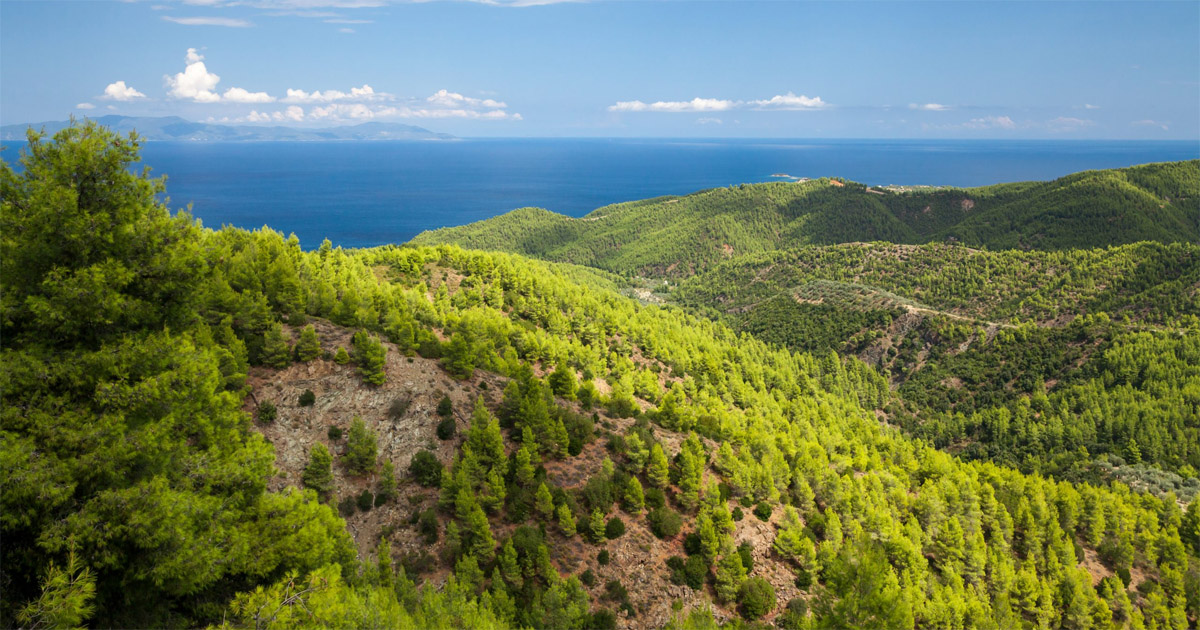Increasing awareness of the issue of deforestation and degradation in the tropics has resulted in efforts to monitor forest resources in tropical countries. Advances in satellite-based remote sensing and ground-based technologies have allowed for monitoring of forests with high spatial, temporal and thematic detail. Despite these advances, there is a need to engage communities in monitoring activities and include these stakeholders in national forest monitoring systems. In this study, we analyzed activity data (deforestation and forest degradation) collected by local forest experts over a 3-year period in an Afro-montane forest area in southwestern Ethiopia and corresponding Landsat Time Series (LTS). Local expert data included forest change attributes, geo-location and photo evidence recorded using mobile phones with integrated GPS and photo capabilities. We also assembled LTS using all available data from all spectral bands and a suite of additional indices and temporal metrics based on time series trajectory analysis. We predicted deforestation, degradation or stable forests using random forest models trained with data from local experts and LTS spectral-temporal metrics as model covariates. Resulting models predicted deforestation and degradation with an out of bag (OOB) error estimate of 29% overall, and 26% and 31% for the deforestation and degradation classes, respectively. By dividing the local expert data into training and operational phases corresponding to local monitoring activities, we found that forest change models improved as more local expert data were used. Finally, we produced maps of deforestation and degradation using the most important spectral bands. The results in this study represent some of the first to combine local expert based forest change data and dense LTS, demonstrating the complementary value of both continuous data streams. Our results underpin the utility of both datasets and provide a useful foundation for integrated forest monitoring systems relying on data streams from diverse sources.
Download:
DOI:
https://doi.org/10.1371/journal.pone.0147121
Skor altmetrik:
Jumlah Kutipan Dimensi:




















